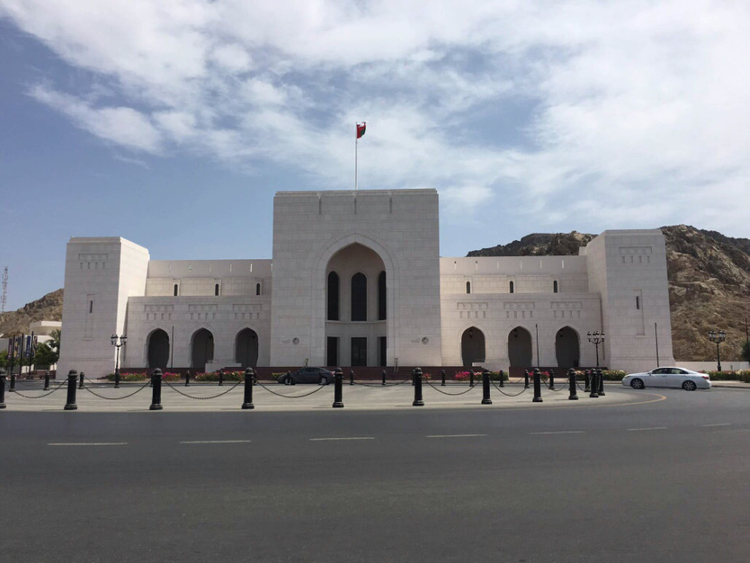The Omani economy has been getting quite a few mixed signals from the international business community. On the one hand, the sultanate managed to sell bonds worth $5 billion (Dh18.3 billion), a success that even shocked keen followers of Omani economy. On the other, a mainline rating agency decided to downgrade the sovereign rating reflecting its concerns about the external financial position.
In March, international investors gave a vote of confidence by purchasing bonds of $ billion of 5-, 10- and 30-year tranches. The subscribed amount stood at $20 billion, signalling global interest — and confidence — in the Omani economy.
Undoubtedly, the need for raising funds in the international market was in place. The authorities prepared the 2017 budget with expenditures and revenues of $30 billion and 22.3 billion, which translates into a sizeable shortfall, or about 10 per cent of the GDP.
The financing plan called for seeking 70 per cent from international borrowers, 16 per cent from local sources and the balance via drawing on international reserves. The bond and its outcome was achieved only three months into fiscal 2017.
Clearly, the timing of the bond issuance was perfect even if a coincidence, coming ahead of the plunge in the sultanate’s rating as well as a possible hike in US interest rates. Oman links its currency to the dollar as a conscious monetary choice, and thereby adopts the prevailing interest rate in the US. Certainly, this is one of the drawbacks of linking the riyal to the dollar.
Anyway, the sultanate’s debt challenge keeps rising, currently at more than 30 per cent of the GDP versus 5 per cent in 2014. The forecast calls for a steady rise to 40 per cent of GDP by 2018.
This is the backdrop against which Standard & Poor’s cut the country’s rating from BBB- to BB+, which classifies securities issued by Oman as junk.
Two other Gulf countries have had their securities classified below investment grade, with adverse effects on interest rates when issuing securities.
S&P used a powerful argument for undertaking such a move, namely the weakening of external buffers to the extent they won’t be able to mitigate risk from the volatility in revenue sources. More specifically, S&P estimates Oman’s net external asset position has fallen from 60 per cent of current account in 2016 to 30 per cent this year.
The Omani economy is heavily dependent on the petroleum sector, accounting for three quarters of revenue and export sources for Oman.
While S&P has a negative outlook for the economy, two other rating agencies, Moody’s and Fitch, maintain a stable outlook.
The adverse economic conditions created by sustained low oil prices since mid-2014 resulted into the IMF lowering estimates of growth from 4.2 per cent in 2015 to 3 per cent in 2016 on the back of drop of reduced public sector spending. Other sources gave even lower real GDP growth.
However, prospects look much better as the country adjusts to the phenomenon of low oil prices by enhancing non-oil revenue sources. The planned VAT in 2018 should further help in improving non-oil income and raises the possibility of an improvement in governmental spending.













